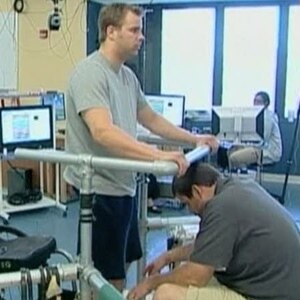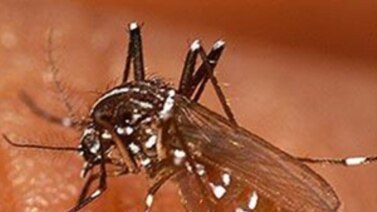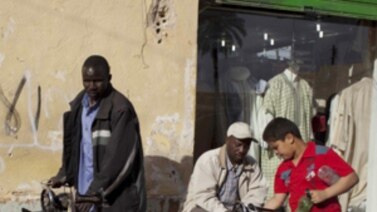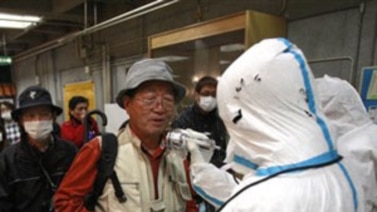
This is the VOA Special English Health Report.
Rob Summers of Portland, Oregon, is twenty-five years old and a former college athlete. In July of two thousand six he was hit by a car. Doctors told him he would never walk again.
ROB SUMMERS: "I turned to the doctor and said 'Obviously, you don't know me very well. I am going to walk again.'"
Mr. Summers learned about experimental research at the University of Louisville in Kentucky. Doctors placed small electrodes in his lower back. These send electrical signals to his damaged spinal cord to move his hips, legs and feet. The signals act like the signals that the brain normally sends to produce movement.
ROB SUMMERS: "I was unable to move a toe or anything for four years, and on the third day of turning the simulator on, I was able to stand independently."
Video from the university shows him even taking steps on a treadmill while supported by a harness. The work is described in a study in the Lancet medical journal. The lead author, Susan Harkema, is a professor in the Department of Neurosurgery at the university.
SUSAN HARKEMA: "Within that week with support, of the body weight support, we were able to get him to stand without any help at the legs so he was generating enough force to bear his body weight."
Mr. Summers can stand for up to four minutes at a time, or up to an hour with assistance. He received extensive physical training. His spinal cord had to be retrained to produce the muscle movements needed to stand and take assisted steps on the treadmill.
The treatment has also helped him regain some control over his bladder.
Researchers are calling his progress a medical breakthrough. Professor Harkema says there could be a day when Rob Summers and other paraplegics like him will be able to walk again.
But there is still a lot more work to do to reach that day.
Mr. Summers was completely paralyzed below the chest, but he did still have some feeling. The scientists say they do not know how the treatment would work with patients who have no sensation at all below the injury.
Also, the researchers point out that they have studied only one person so far. And Mr. Summers was in extraordinary physical condition before his injury.
Money for the research came from the Christopher & Dana Reeve Foundation and the National Institutes of Health. Professor Harkema is director of the Reeve Foundation's NeuroRecovery Network.
The eleven-member team also included scientists from the University of California, Los Angeles, and the California Institute of Technology.
And that's the VOA Special English Health Report. You can watch a video report about Rob Summers and his treatment at voaspecialenglish.com. I'm Steve Ember.
Contributing: Carol Pearson
Watch a video about Rob Summers





